The best Legion of Super-Heroes stories of all time
The greatest stories of DC's premier teen team from the future, the Legion of Super-Heroes
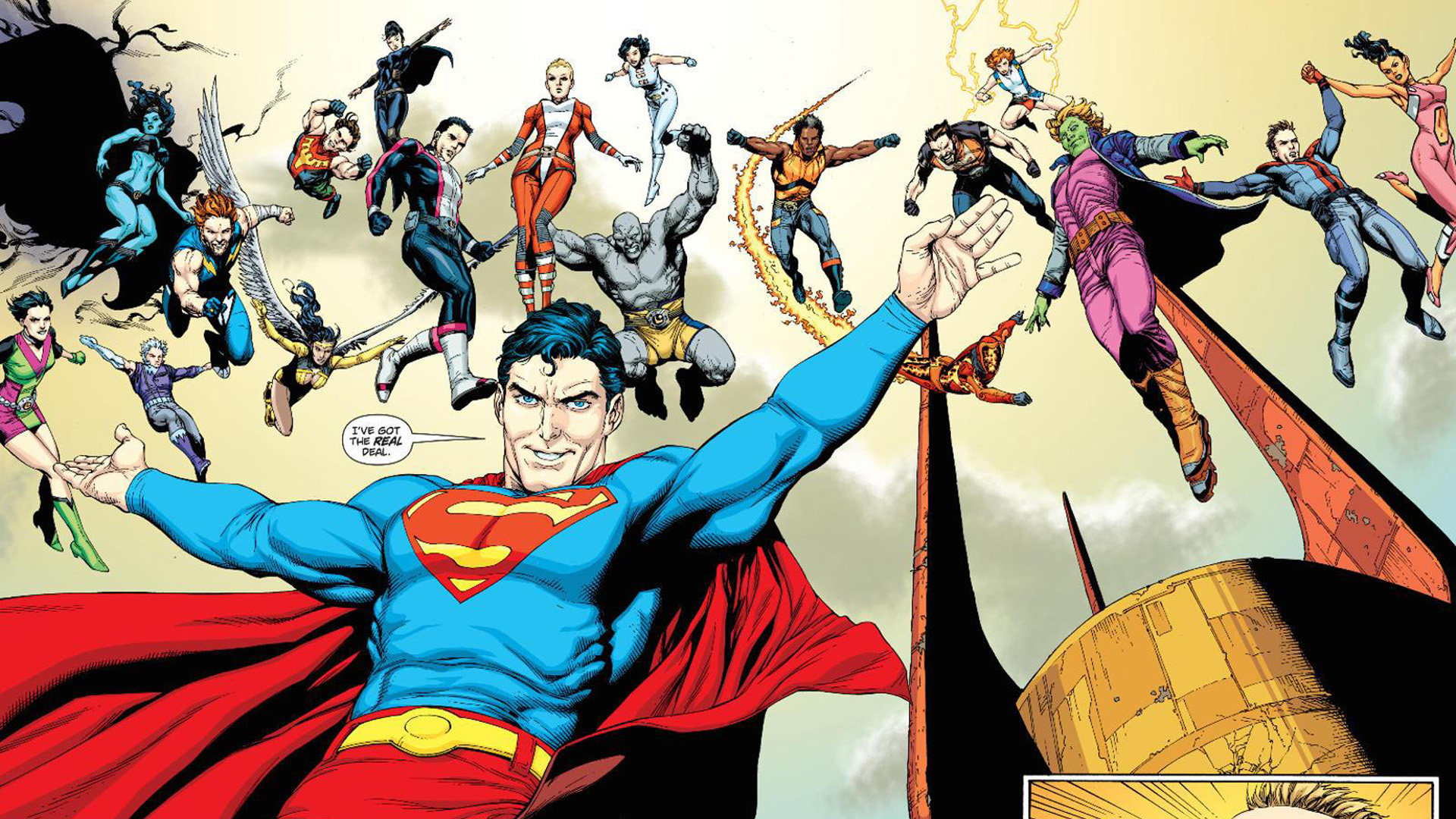
The Legion of Super-Heroes is a big part of the DC mythos, and although the teen team from the future don't currently have a book on the shelves, they are coming back to challenge their 21st-century counterparts, the Justice League.
Between their impending crossover with the Justice League, writer Brian Michael Bendis' planned 'Gold Lantern Saga,' and the concurrent tease for a revisit of 'The Great Darkness Saga' by Darkseid in the recent Infinite Frontier series, there's a lot for Legion fans to be hopeful for.
So with that in mind, Newsarama is digging back through the annals of the DC Universe to present the best Legion of Super-Heroes stories of all time.
Legion of Super-Heroes #0
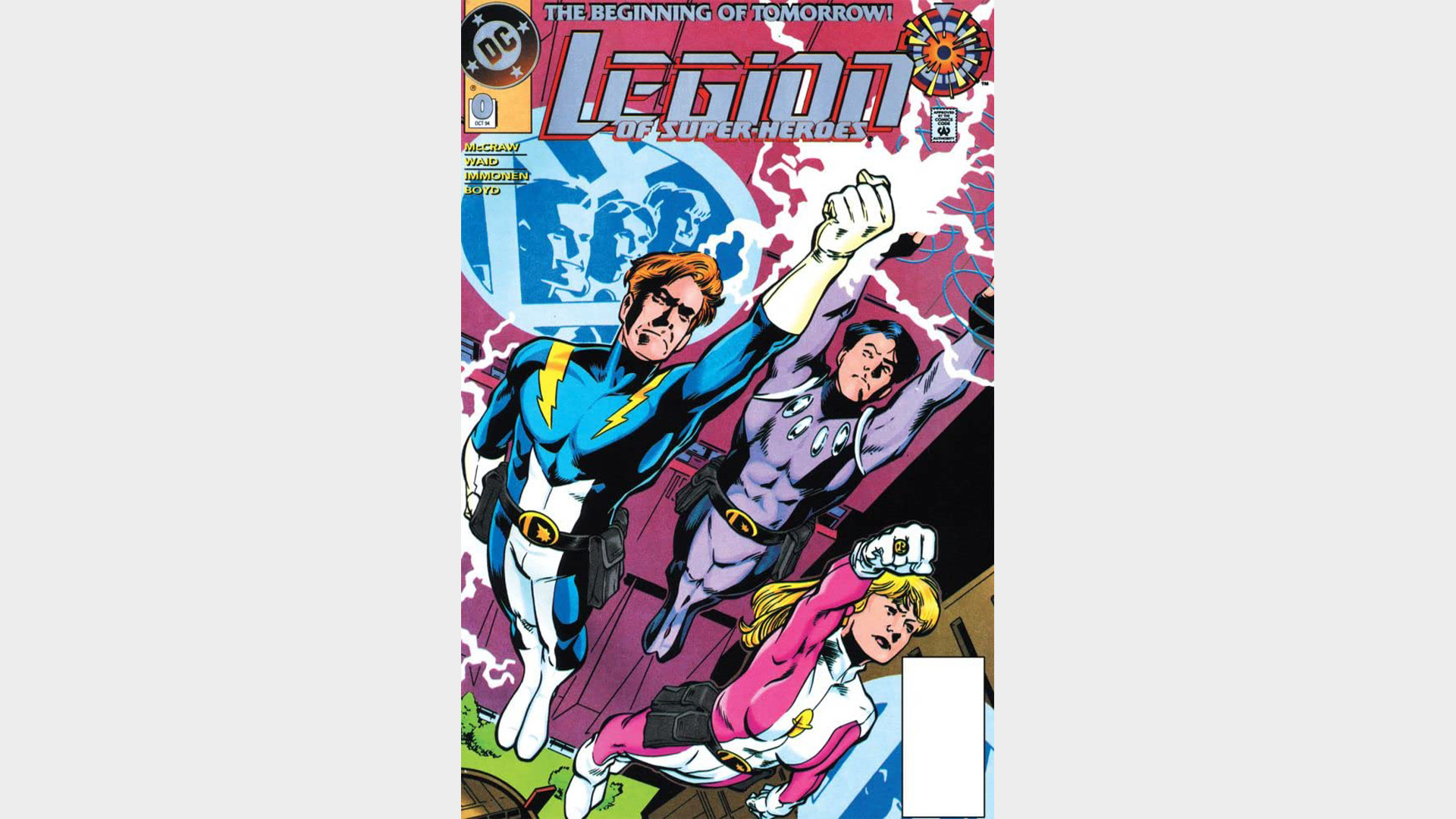
1994 marked a unique turning point for the Legion of Super-Heroes. Though the team had been restructured before (more on that soon), the aftermath of the DC Universe-altering Zero Hour brought an end to the classic era of the Legion and introduced an entirely new team - one that was based on the original group of characters, but with entirely different (and at the time more modern) sensibilities.
For this major reboot, DC introduced the rebranded team of redesigned, renamed classic Legionaries with Mark Waid, Tom McCraw, and Stuart Immonen's Legion of Super-Heroes #0, a retelling of the team's origin that reframed the core trio of Lightning Lad (renamed Live Wire), Saturn Girl, and Cosmic Boy with different motivations and a whole new aesthetic.
The one-shot launched an ongoing Legion of Super-Heroes series and a sister Legionaries title, defining a still fan-favorite post-Vertigo take on the off-kilter heroes.
Buy: Amazon
Comic deals, prizes and latest news
Get the best comic news, insights, opinions, analysis and more!
Legion of Three Worlds
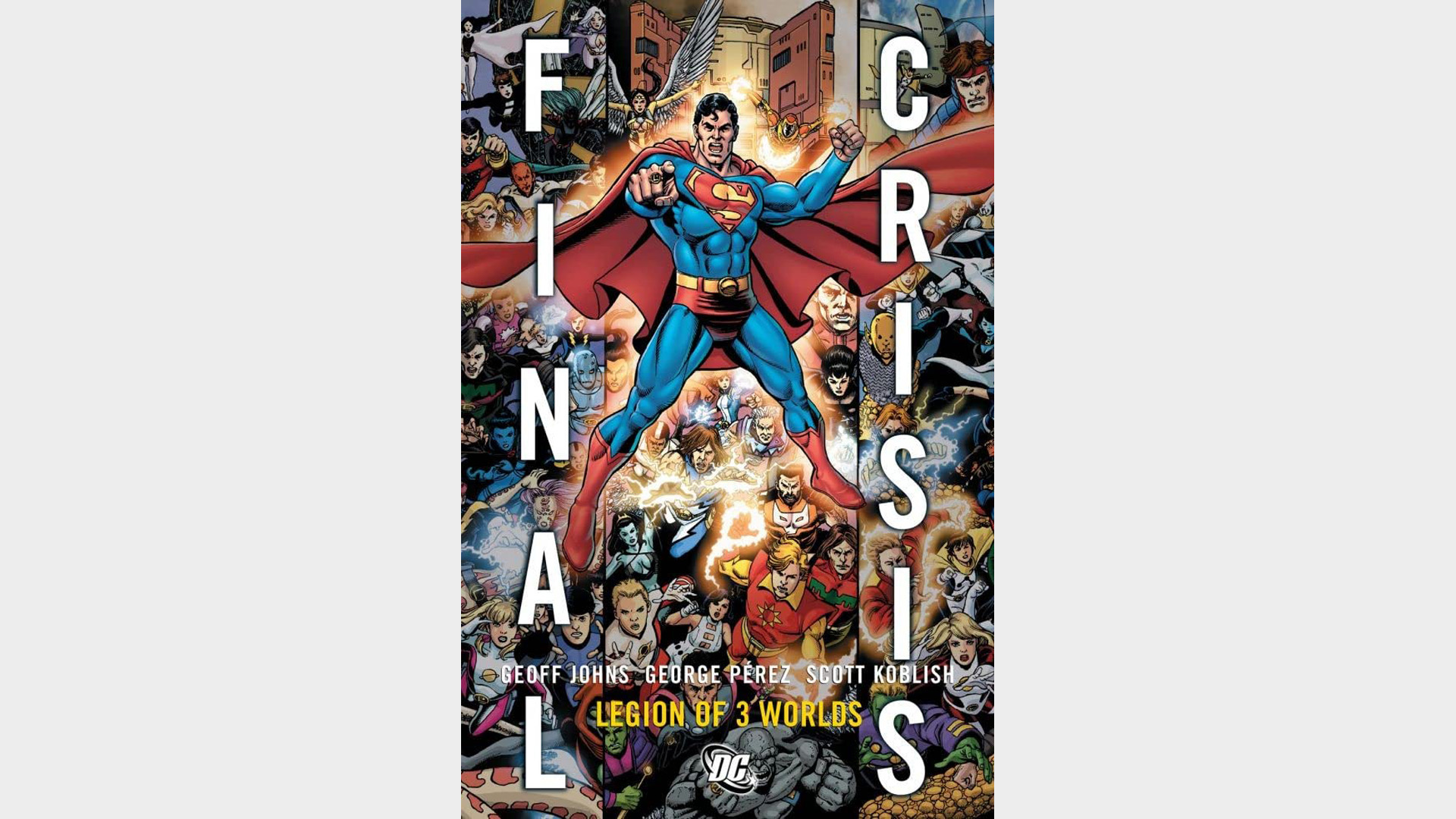
One of the hallmarks of the Legion of Super-Heroes is their ever-changing status quo. First aged ahead in 1984 with a five-year-jump that radically altered the team, the Legion had its first full-on reboot in 1994 as a result of Zero Hour, which rewrote parts of DC history. The team rebooted again in 2004, with a third status quo and new versions of many characters introduced once again.
Though flying under the Final Crisis banner, the biggest connection Legion of Three Worlds has to that story is that it attempts to reconcile and re-order these different Legions into a sensible structure that accounts for, well, everything.
Whether it succeeds is almost too complex a question to answer without getting into the minutiae of the plot, but the most important thing is, this story doesn't just get the Legion right, it gets three different versions of the Legion on the page and offers some level of closure to fans of the different eras of the team.
Written by Geoff Johns with art by George Perez, Legion of Three Worlds delves into not only the schism of the three different versions of the Legion, but the mystery of their old enemy the Time Trapper, whose surprising secret identity sets the stage for one of the weirdest epilogues ever to cross the pages of a contemporary DC comic book - a throwback to the wild and wooly nature of the tales that influenced this off-beat story.
Buy: Amazon
An Eye for an Eye
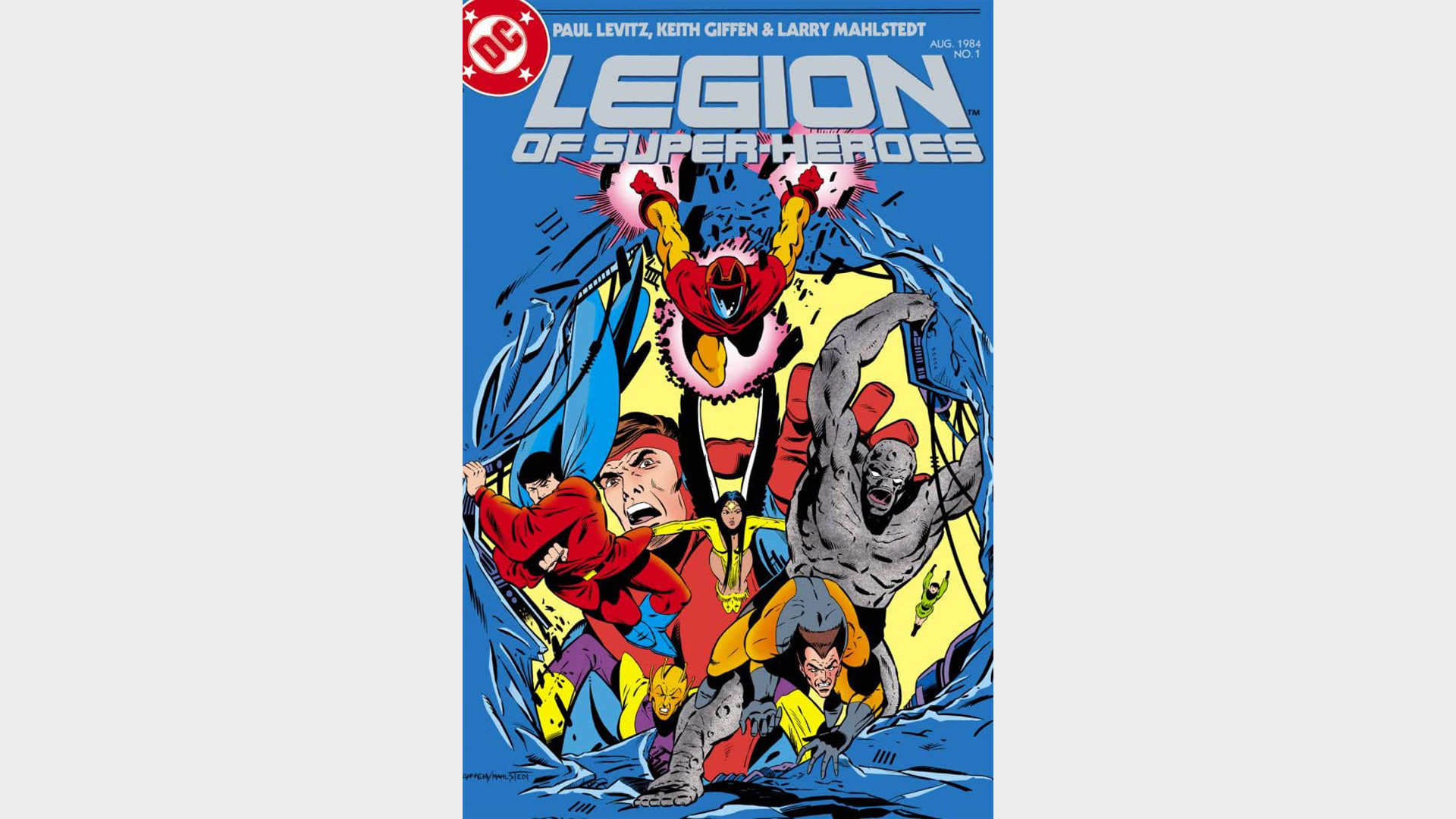
Paul Levitz, Keith Giffen, and Steve Lightle's 'An Eye For An Eye' launched a new era and a new volume of the Legion in a six-part story that reunited the Legion of Super-Villains in a brutal pact to each kill a Legionnaire - with one hero even falling at their hands.
Kicking off a new volume of Legion of Super-Heroes, this tale immediately upends the status quos of numerous characters, digging deeper into the burgeoning adult relationships of the once teen Legionnaires and once again throwing a wrench in the politics of the 30th Century.
Culminating in a massive battle between the Legion of Super-Heroes and their Super-Villain counterparts, 'An Eye For An Eye' also marks one of the Legion's most tragic stories, with Karate Kid sacrificing himself not just to save his teammates and the world, but to foil the plans of his once ally Nemesis Kid, ultimately a traitor to the Legion.
Buy: Amazon
Earthwar
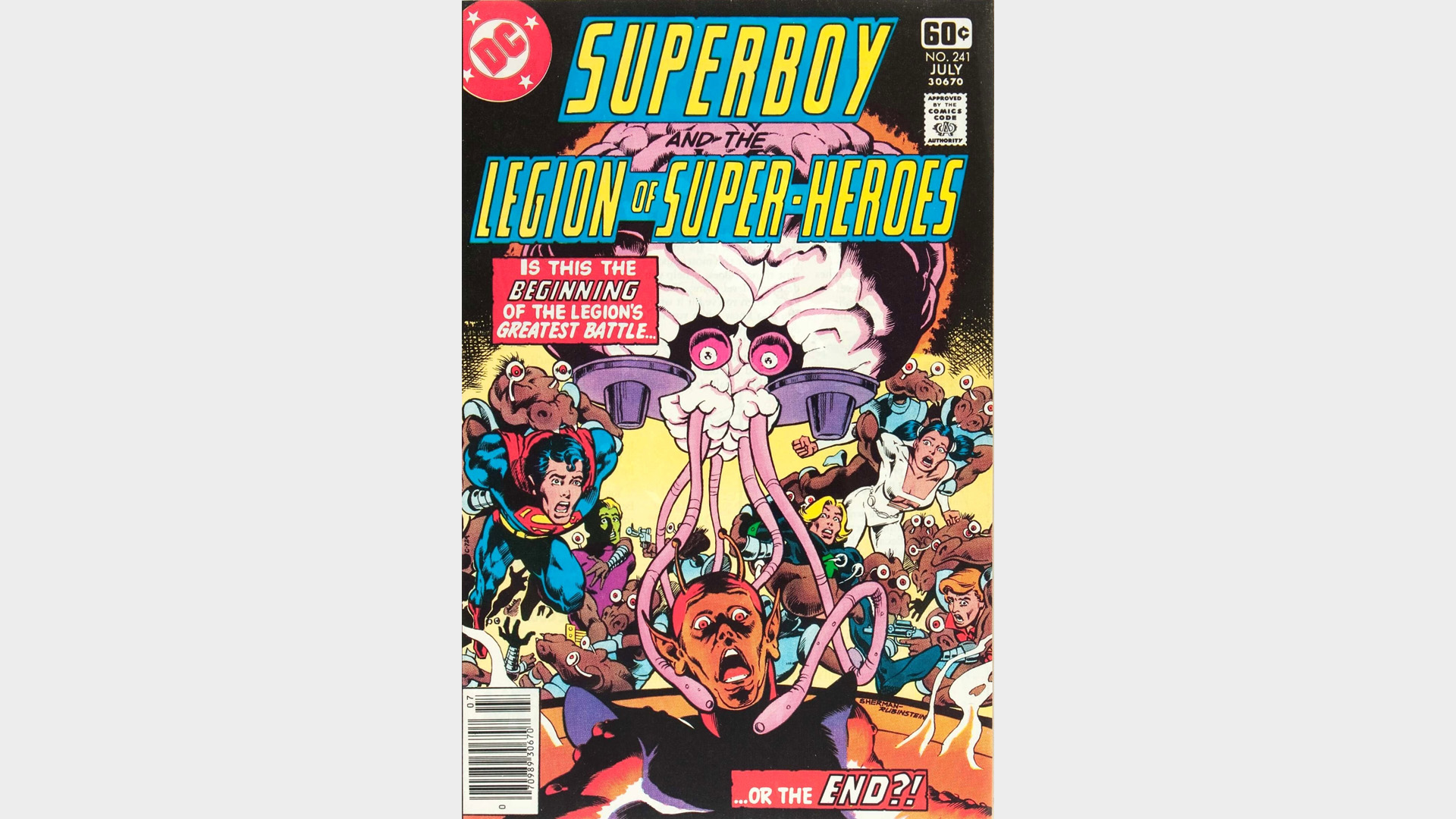
In the galactic conflict of 'Earthwar,' the Legion becomes embroiled in a massive conflict between numerous space empires in the DC Universe which ran from Superboy and the Legion of Super-Heroes #241 to #245.
Caught in the crossfire between the Khunds, the Dominators, the Dark Circle, and the United Planets - all ultimately manipulated by their old foe Mordru - the Legion desperately tried to prevent the entire galaxy from devolving into all-out war.
With increasingly higher stakes, dramatic twists and turns, and identity reveals that shake the story, 'Earthwar' is somewhat emblematic of the often surprisingly political nature of the Legion of Super-Heroes.
To boot, 'Earthwar' was written by Paul Levitz, penciled by James Sherman and Joe Staton, and inked by Bob McLeod - a perfect snapshot creative team of the Legion's high-intrigue Bronze Era adventures.
Buy: Amazon
The Origin of the Legion
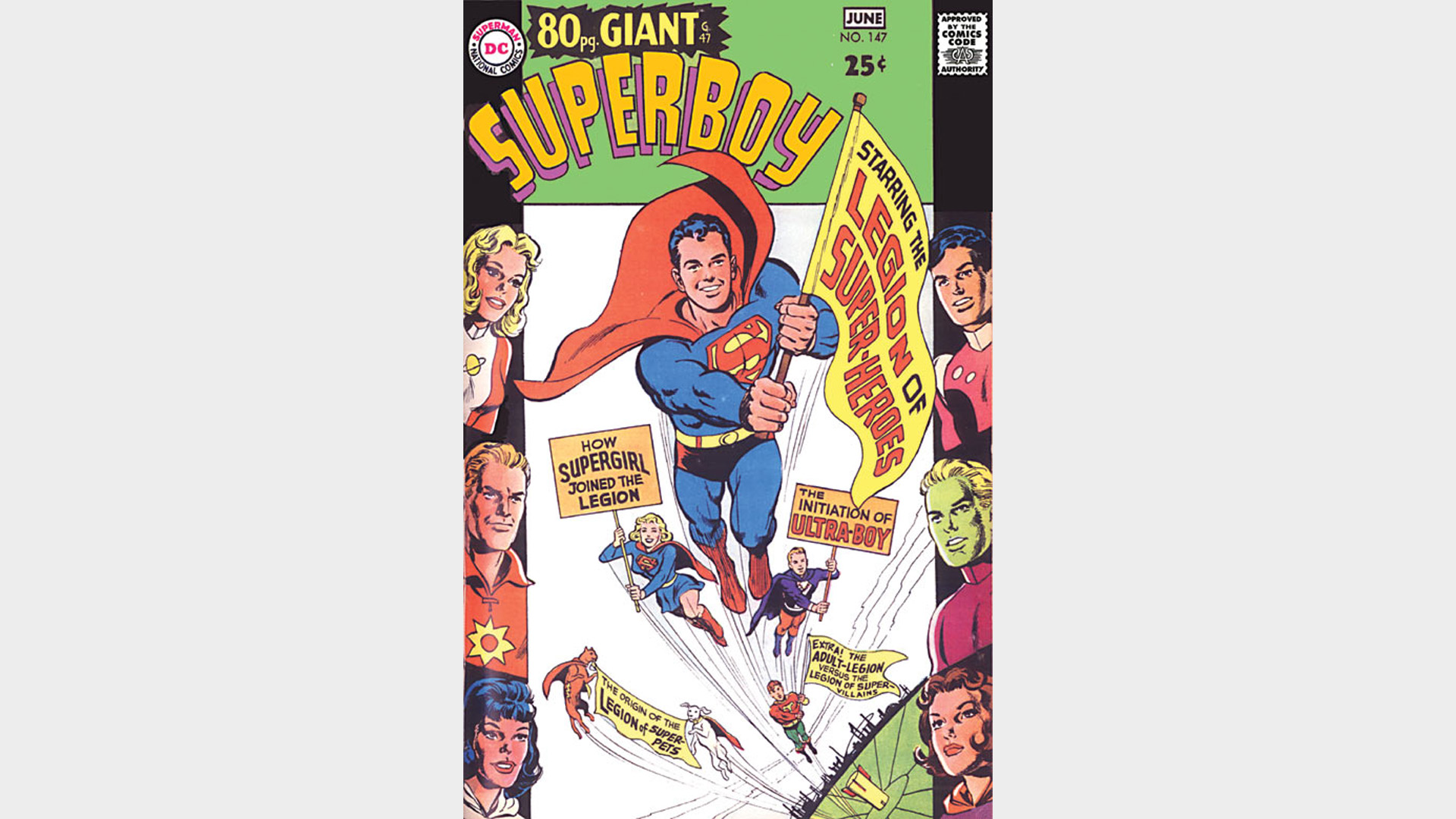
Superboy #147 isn't the first Legion story, but it is the first telling of the complete (and completely unique) origin of the Legion.
Told by E. Nelson Bridwell and Pete Costanza, the tale of the Legion (once explained as simply having been inspired by Superboy) presented a one-of-a-kind tale of three aspirational teen heroes - Cosmic Boy, Lightning Lad, and Saturn Girl - who band together to save the wealthy philanthropist R.J. Brande who in turn decides to fund the teens as they form the Legion of Super-Heroes, weirdly making the Legion one of the first corporate-sponsored teams in comic books.
Buy: Amazon
Mordru the Merciless!
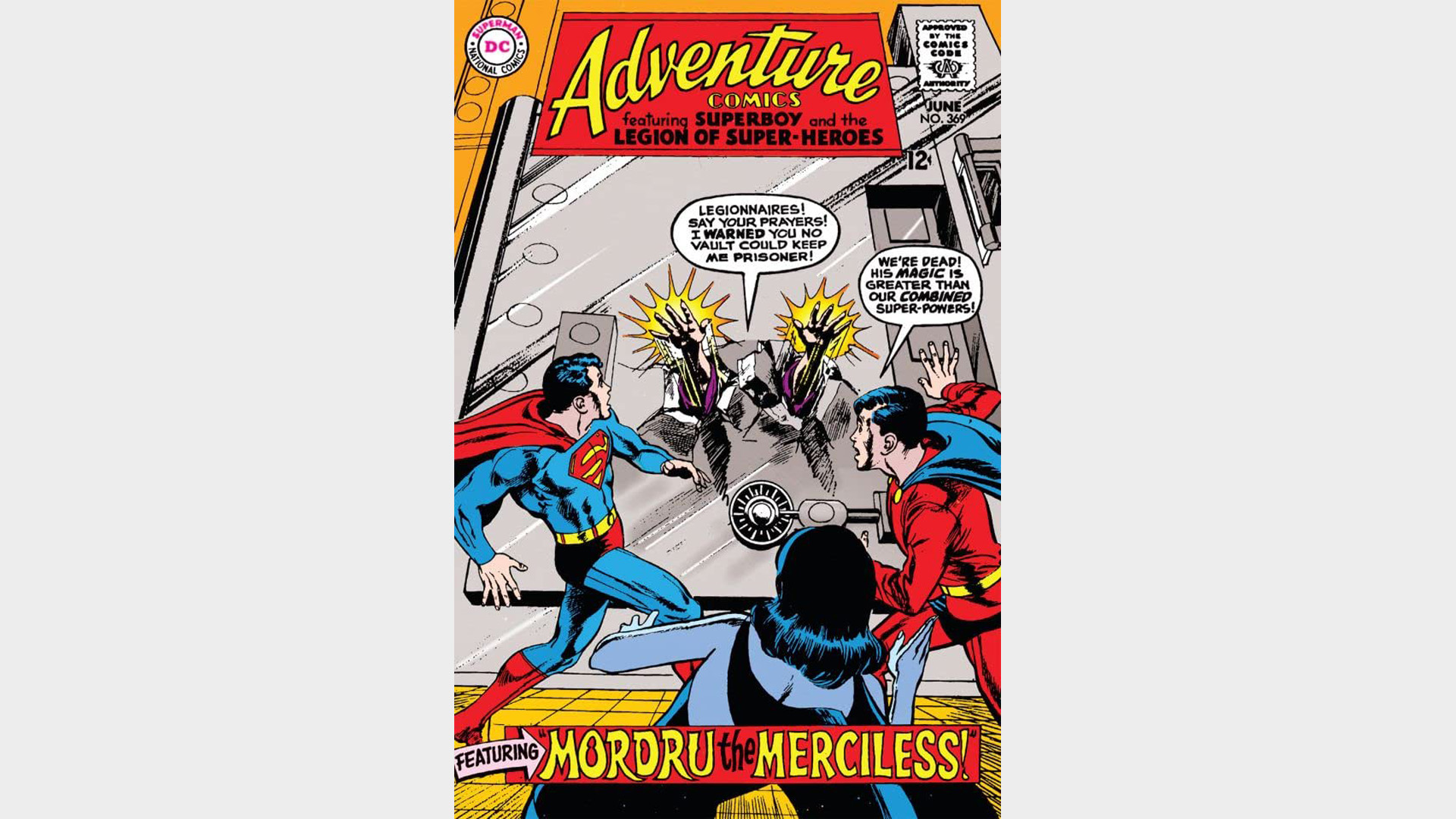
In Adventure Comics #369, Jim Shooter and Curt Swan created a new nemesis for the Legion who would go on to occupy a key place in DC lore, menacing multiple teams for thousands of years of DC history.
'Mordu the Merciless' - the title of the story and name of the villain in question - pitted Superboy, then still a fixture of the Legion, against one of his only weaknesses: magic. The magic of Mordru, to be specific - who was an archaic wizard who had conquered his homeworld of magic users and was set on taking the rest of the galaxy.
Mordru was later retooled as a Lord of Chaos - one of the dark counterparts to Doctor Fate's Nabu and the other Lords of Order - menacing the Justice Society and even Amethyst, Princess of Gemworld.
Buy: Amazon
Legion Lost
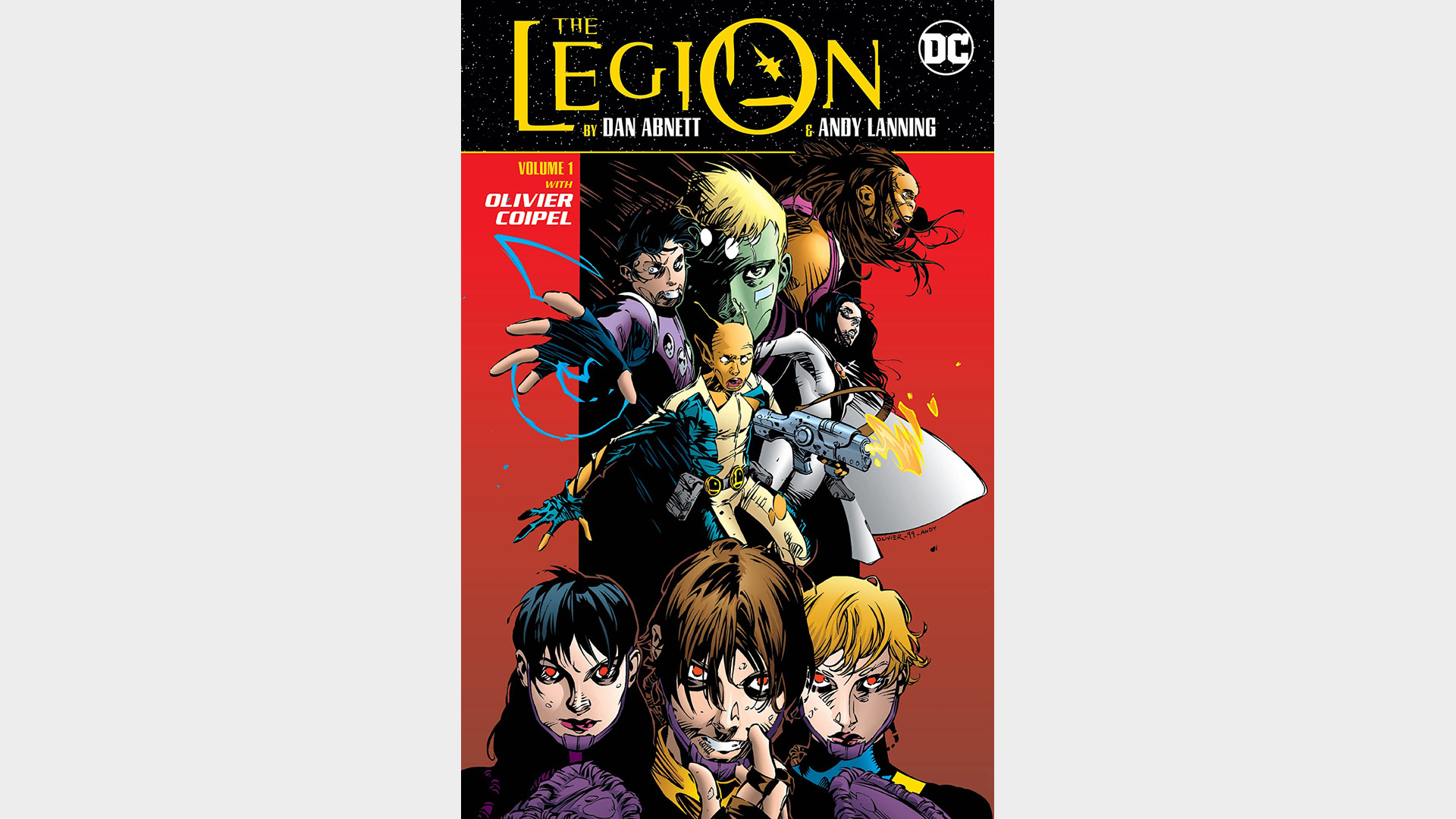
Legion Lost is the name of two Legion of Super-Heroes titles, the first - written by Dan Abnett and Andy Lanning with art from Lanning, Olivier Coipel, and Pascal Alixe - which ran for 12 issues from 2000-2001 is the one that makes this list.
In that series, a small group of Legionnaires is displaced in space and time by a strange rift, where they meet new characters reminiscent of old faces (in the tradition of the Legion at the time) and explored territory the Legion of Super-Heroes has rarely crossed - both in terms of story and structure.
Legion Lost pitted that core group of Legionnaires against an evil empire known as the Progeny - ultimately led by one of their most shocking foes ever.
Buy: Amazon
Death of Ferro Lad
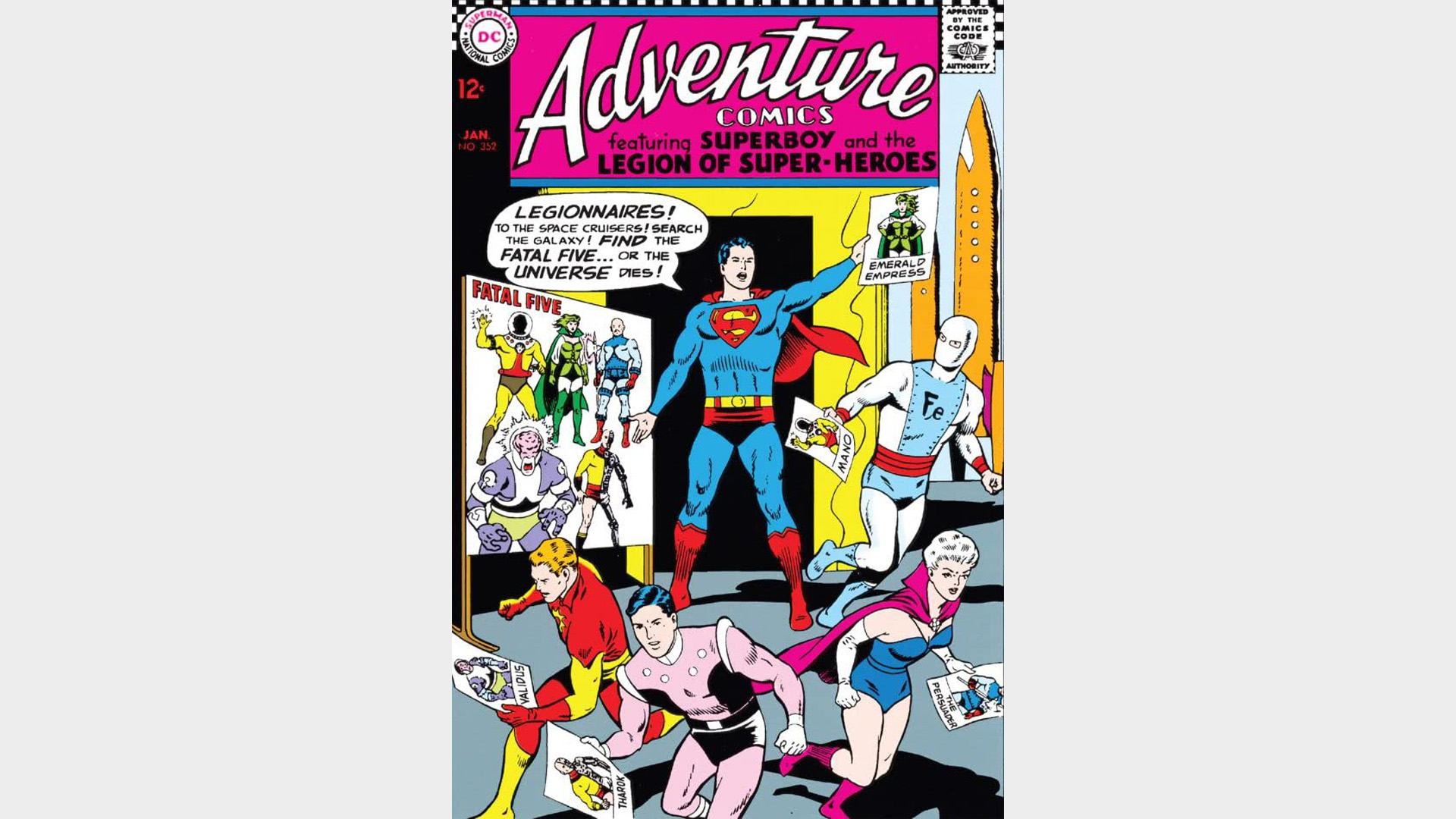
Many of the Legion of Super-Heroes' early Silver Age tales fall victim to the same silly tropes that make similar superhero fare of the day charming but less memorable than many modern tales. However, 'The Death of Ferro Lad,' a multi-part story focused on the Fatal Five - a criminal quintet who would go on to menace the Legion for decades - defied the sunny trappings of the Silver Age and stained them with the blood of a Legionnaire.
Written by legendary Legion scribe Jim Shooter (who first began writing the teen team as a teenager himself) with art from none other than Curt Swan, 'The Death of Ferro Lad' actually forces a ragtag group of Legionnaires to call on the Fatal Five, the galaxy's most wanted criminals, to help fend off a Sun-Eater that threatens to destroy the Earth.
At first agreeing to team up (with the Fatal Five persistently testing the bounds of the Legion's morality), the two teams ultimately defeat the Sun-Eater only at the cost of the life of Ferro Boy, who is obliterated when he sacrifices himself to detonate a bomb that destroys it, opening the door for the villains to betray the heroes and then each other.
A shockingly complex moral tale in an age of black-and-white heroism, 'The Death of Ferro Lad' strikes a stark chord in the Legion's history that would set the tone of their often angsty stories for decades after.
Buy: Amazon
Superman and the Legion of Super-Heroes
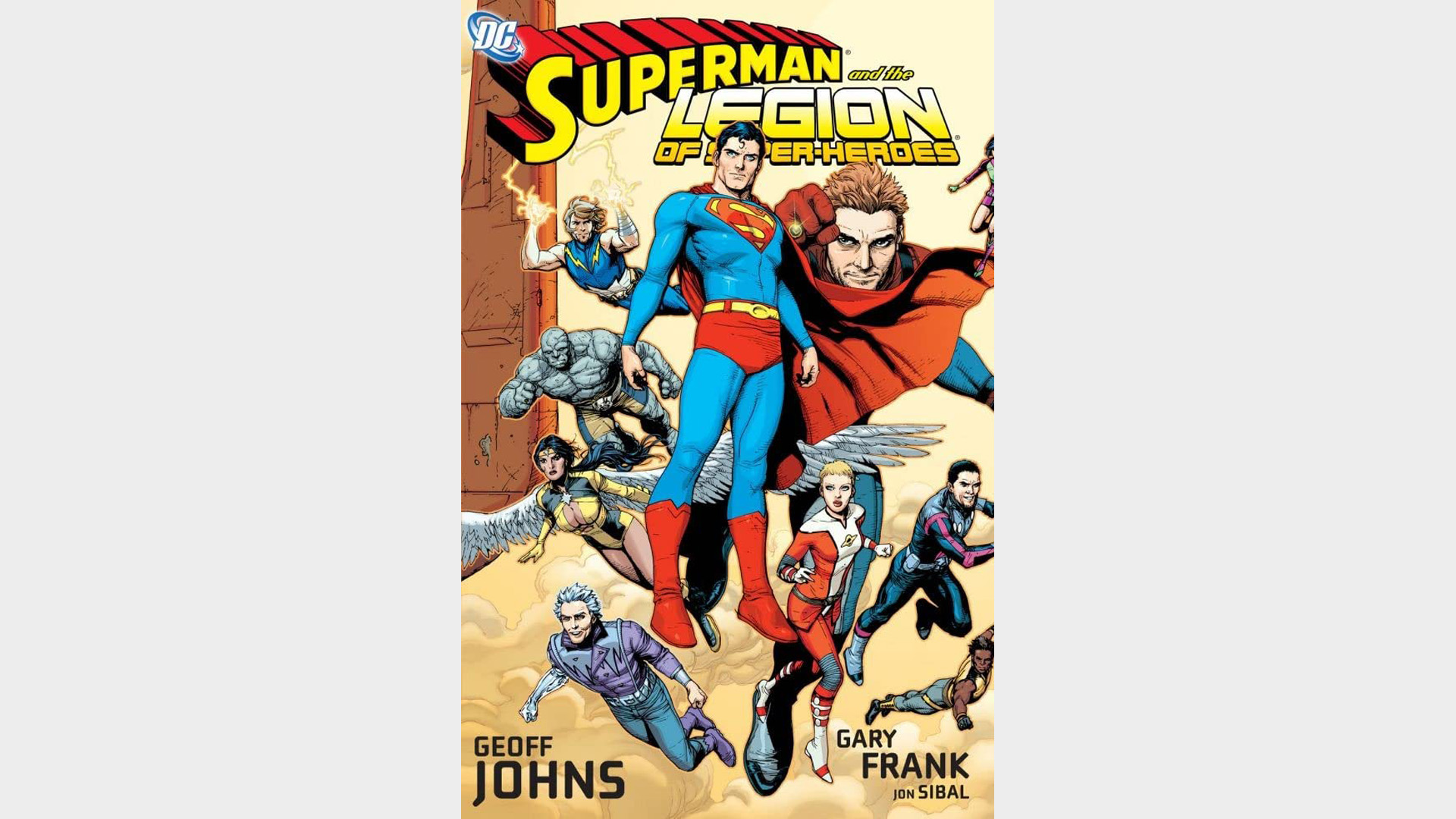
Geoff Johns and Gary Frank's 'Superman and the Legion of Super-Heroes' ran as a part of Johns' extended tenure on Action Comics and was initially meant to lead to a Johns-penned revival, but plans changed after publication.
However, if this tale is any indication of what their Legion may have been like, Johns and Frank would have carved an iconic chapter in one of DC's oldest sagas. Here, they merely scratch the surface of what could have been, though even this brief run has everything great about Superman, the Legion, and even the DC Universe packed in.
Centered on the idea of a future where Superman's legacy has been tarnished by pro-Earth xenophobes, 'Superman and the Legion of Super-Heroes' brings Supes to the future again - only to depower him under the light of a red sun.
Packed with action, heart, comedy, and even many of the best Legion Rejects moments in the team's whole history, this single-volume story is a perfect glimpse into a brief window when the post-Crisis Superman's history with the team was not just intact, but celebrated.
Buy: Amazon
The Great Darkness Saga
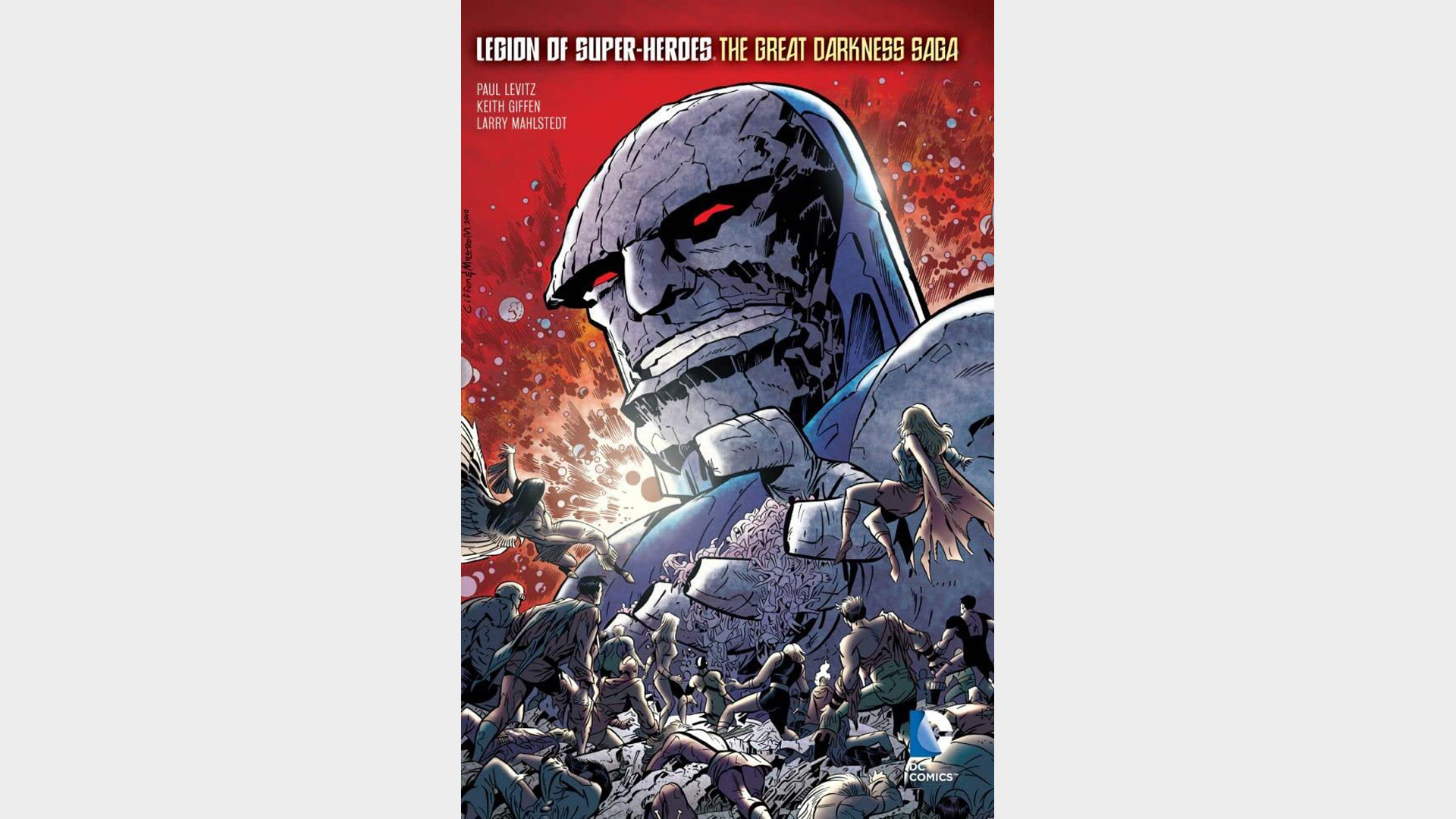
'The Great Darkness Saga' from all-time-great Legion of Super-Heroes creative team Paul Levitz, Keith Giffen, and Larry Mahlstedt isn't just widely regarded as the best Legion of Super-Heroes story ever, it's often placed among the greatest DC stories of all time.
Spanning nearly the entire cast of the Legion, 'The Great Darkness Saga' pitted the expansive team against a renewed threat of Darkseid and the Anti-Life equation under the guise of a mysterious "Master" to terrifying death cultists.
An epic unto itself, the 'Great Darkness Saga' brought classic elements of the DC Universe forward to the Legion's future setting, at once re-contextualizing concepts such as Jack Kirby's Fourth World in a wildly different context while also further grounding the Legion in the history of the DCU.
'Great Darkness Saga' encompassed the true spirit of the Legion, interspersing the violent drama of a dark god's ascent with the personal politics of Legion elections, romance, and intrigue.
In the end, 'Great Darkness Saga' changed the Legion forever, altering its trajectory, its membership, and its dynamics while proving that even in the future Darkseid is one of the DCU's most powerful foes.
Buy: Amazon
Newsarama is a comic book website covering news, interviews, features, deep dives, reviews and more. Now part of GamesRadar, the website was first established in 1995 by Michael Doran.


